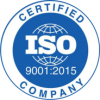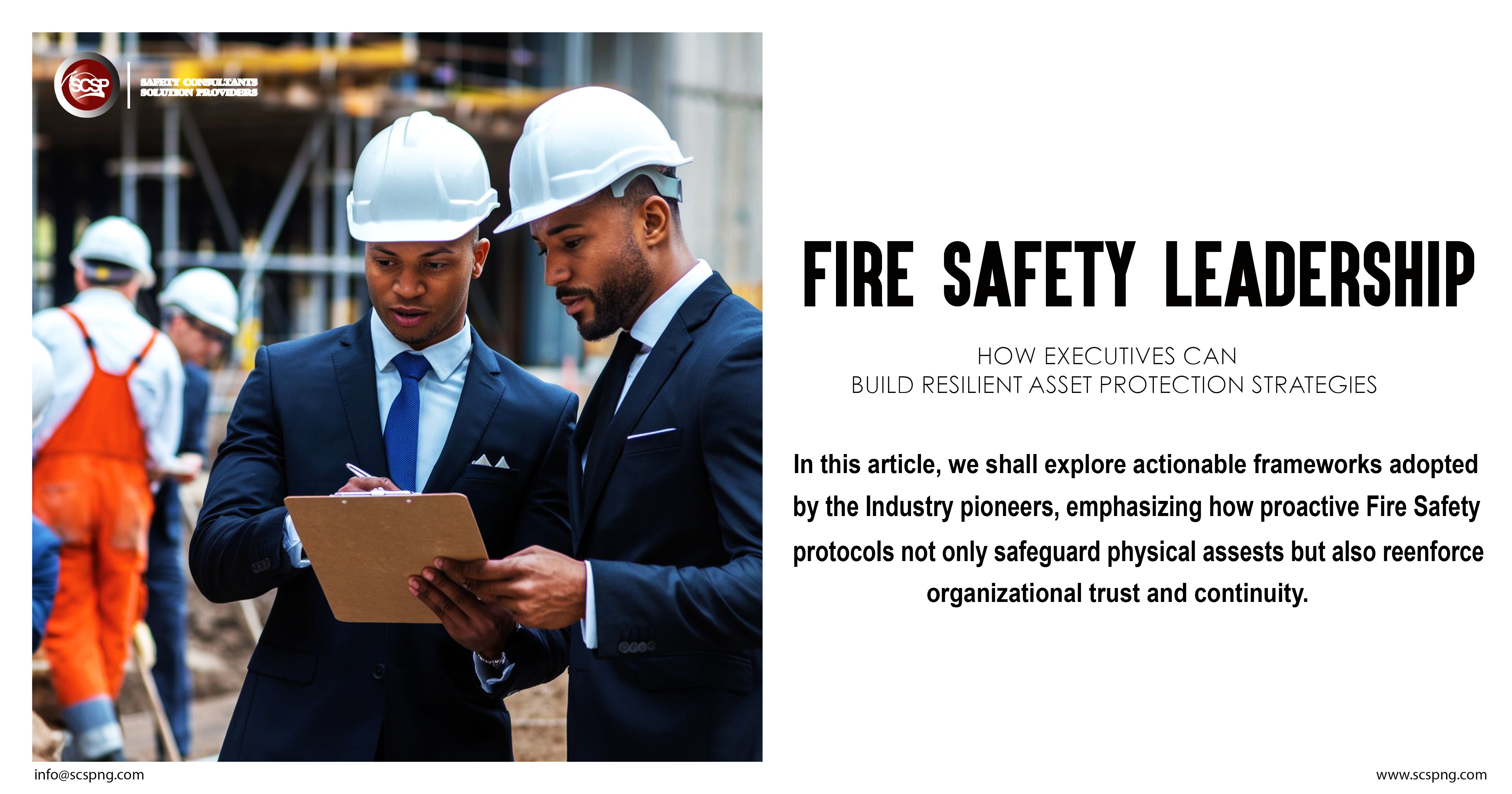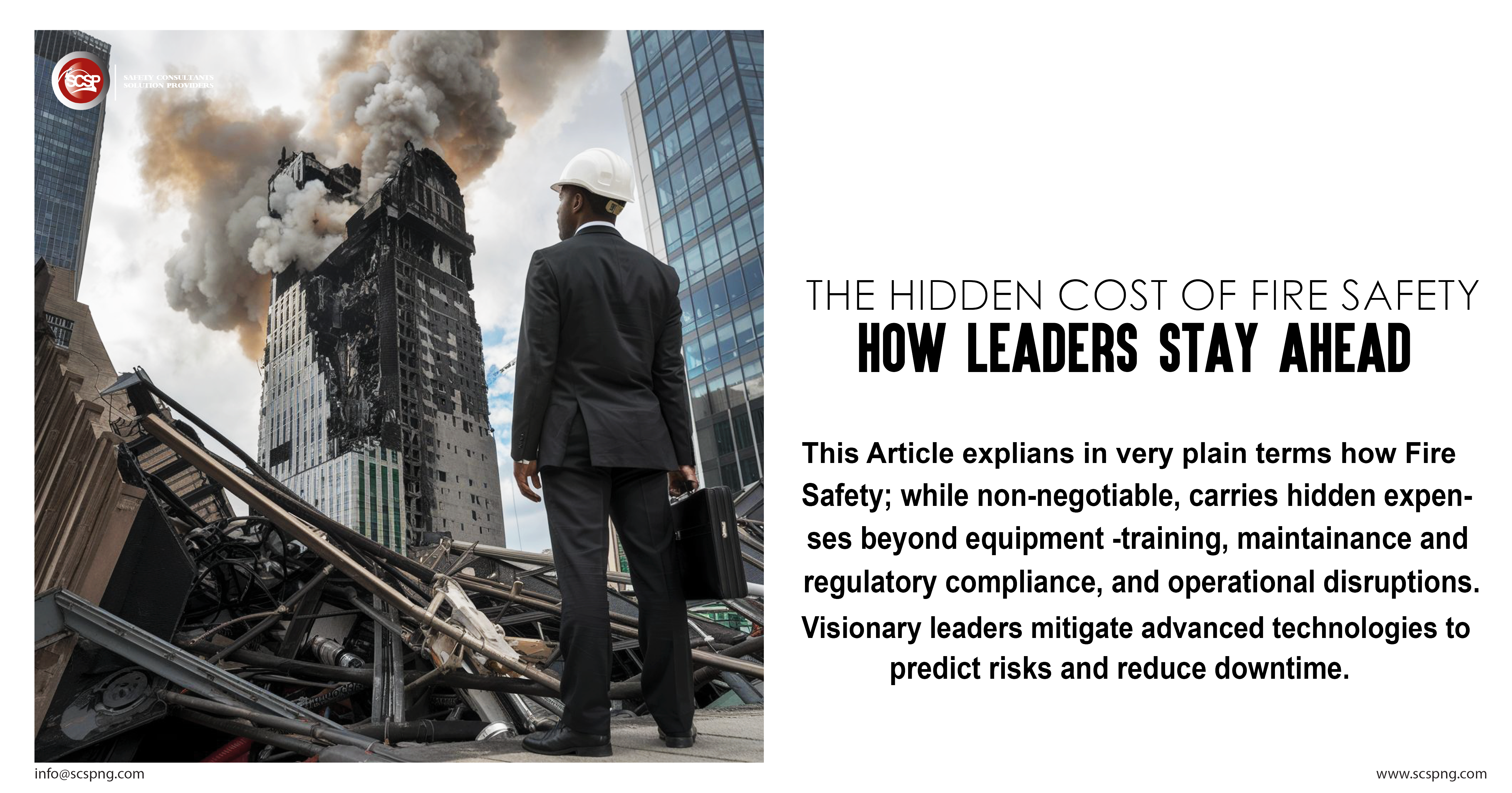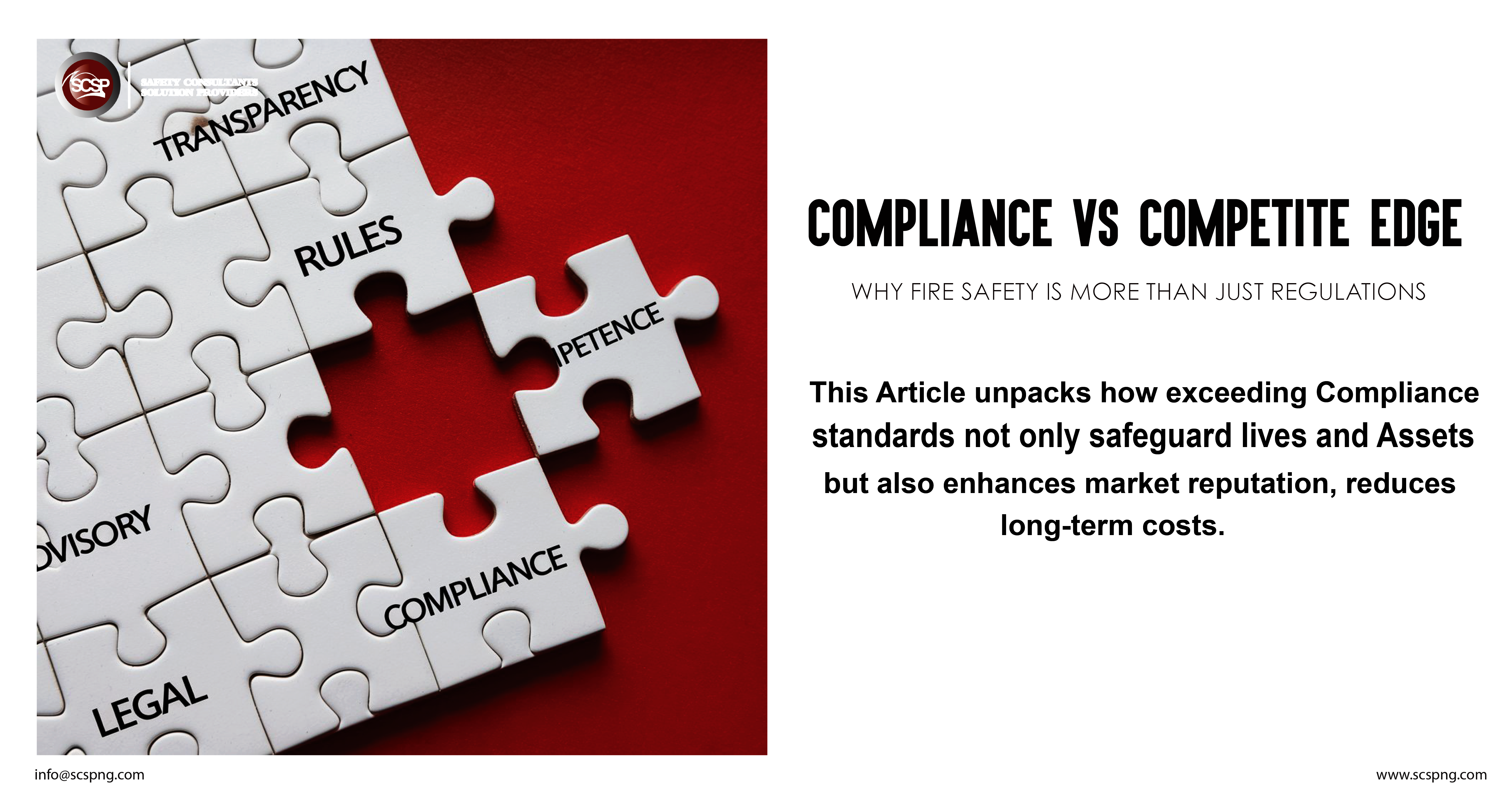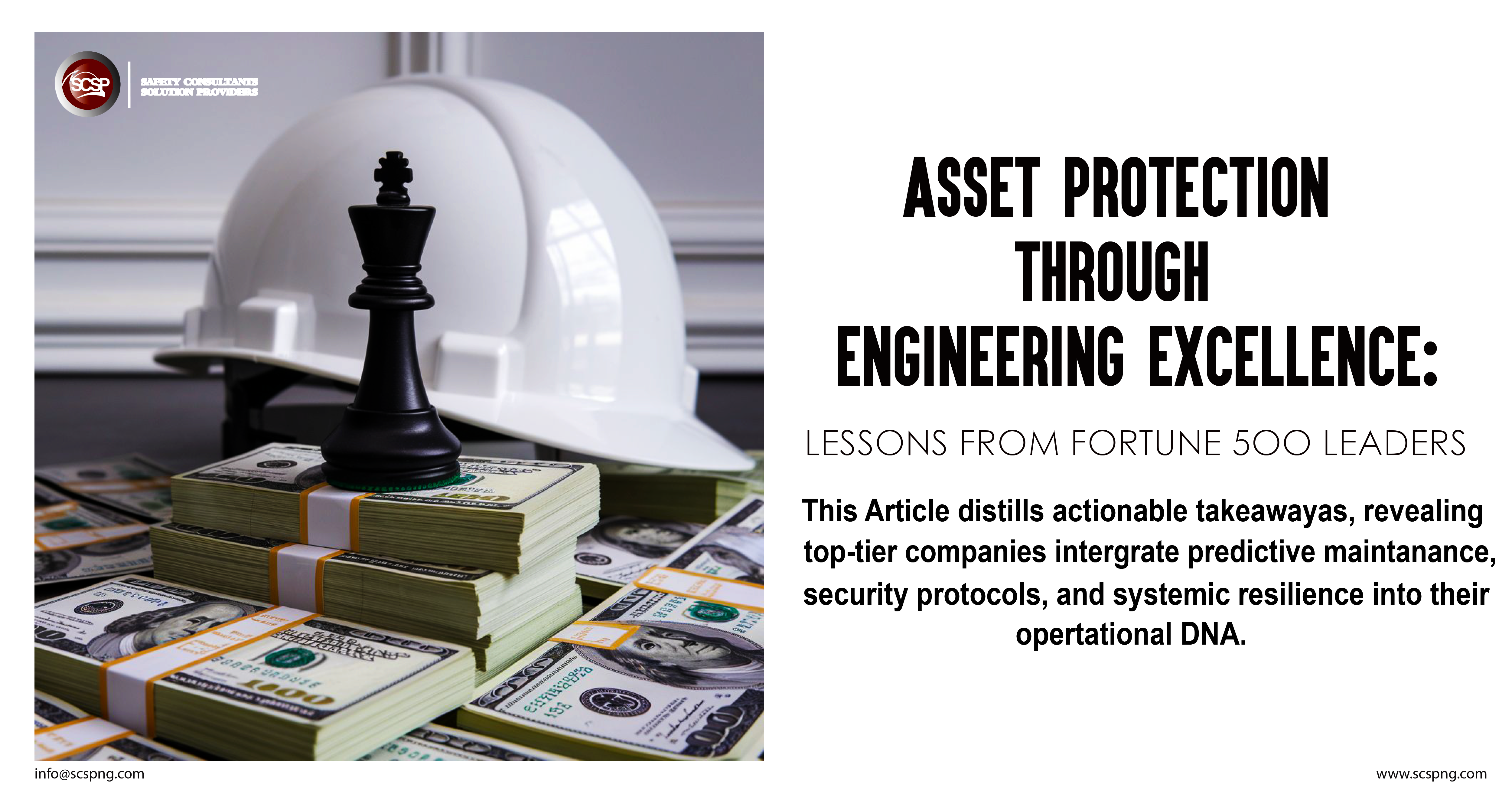The effective management of Life and Fire Safety Risk is one of the first priorities in any project especially in the high risk project development. In the manufacturing and oil and gas sectors, production facilities are usually quite complex, and located in unique environments that can be hostile, with plenty of potential for safety breaches, negative environmental impact or loss-making downtime. The the IoT world, grave consequences from downtime have been witnesses due to downtime.
The ability to predict and prevent and manage undesirable events is the single-most important factor for the protection of life, environment and business continuity in all projects staged from concept through operations to de-commissioning. Risk from fire is identified as one of the top concerns to all stakeholders including financiers, insurance underwriters, regulators, owners and operators. QUALITY of the fire safety system should therefore a critical success factor in all projects.
The CONCEPT, DESIGN, PROCUREMENT, CONSTRUCTION, INSTALLATION, COMISSION and OPERATION of the system form the system life cycle. To quote, “Fire Protection Engineering as defined by the Society of Fire Protection Engineers (SFPE) is the application of science and engineering principles to protect people and their environment from the destructive fire and includes: analysis of fire hazards; mitigation of fire damage by proper design, construction, arrangement, and use of buildings, materials, structures, industrial processes, and transportation systems; the design, installation and maintenance of fire detection and suppression and communication systems; and post-fire investigation and analysis.”
With a clear understanding of the above, a claim system quality in the HSE CASE can only be made when the following parameters are meet:
- Reliability,
- Adequacy
- Availability
- Maintainability
- Secure-ability
The Concept & Design by Risk Engineers is fundamental to ensuring all safety and security systems as it provides the DNA for Fire, Environmental, Process and Security Systems Development in all project stages to meet the claims above. A multidisciplinary team of niche specialists in ORM start from the risk assessment and work to design and lay the basis for a compliant solutions in line with mandatory codes, standards and best practice to meet today’s demands and create safer and more sustainable futures. Here RAGAGEP is of significant importance. The the engineering deliverables are tested for compliance against benchmarked laid in safety risk managements standards, codes and best practices like NFPA 101, IBC 206. The reason is an Operational Risk Management (ORM) Service. The master codes direct and guide the experts to design guides in the engineering codes. It is not a generalist Mechanical and Electrical Service Scope. the designs by M&E companies are equally vetted for safety compliance. Civil, Process, Structural, Electrical, and all are equally looked at. Deliverables include FRA Reports, Safety and Security Philosophies & Strategy. Design and Operation Philosophies etc. and are adequately captured in an Master Deliverable Register (MDR). The Front End Engineering (FEED) and Detailed Engineering (DED) are sub-sections of this phase.
Controls deployed in the FEED and DED to negate system non-conformance or non-compliance include:
- Interdisciplinary checks (IDC)
- Scenario and Design Modelling
- Design Checklist
- Compliance Checklist
- Safety Review Sessions to demonstrate risk are design out or are appropriately managed like HAZID, BOW-TIE, HAZOPS, SILS, FRA, FERA, Dispersion Modelling, F&G mapping, QRA etc.
These controls ensure the fundamental goal of the fire safety master plan in line with the BC Code, SABS, NFPA, BS and all National and State Requirements as detailed below are meet in FEED and DED.
- Life Safety: Provide an environment in which occupants are reasonably protected from death or injury from fire and similar perils via protection of occupants not intimate with the initial fire and improvement of the survivability of occupants intimate with the initial fire development
- Property Protection
– Asset Preservation: Provide a reasonable level of Protection against damage or loss of asset from fire, products of combustion and fire suppression agents and activities.
– Building Preservation: Provide a reasonable level of protection against damage or loss to the buildings, their unique characteristics, and their contents from fire, products of combustion and fire suppression agents and activities.
- Continuity of Operations: Provide a reasonable level of protection against disruption of facility operations consistent with the facility’s fire safety goals.
With the functional and compliance mandates validated in FEED and DED, the generation of equipment and product specifications /data sheets developed for the basis for procurement and the contracting phases.
By Antonia Beri
Lead Consultant and Technical/ Process Safety Expert


